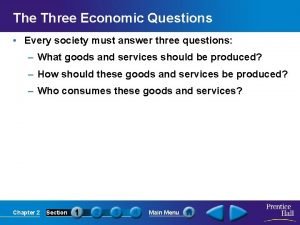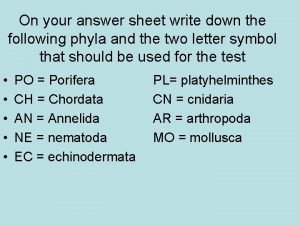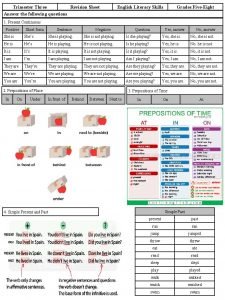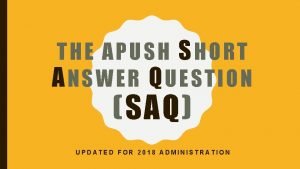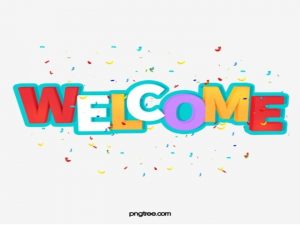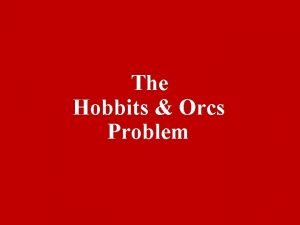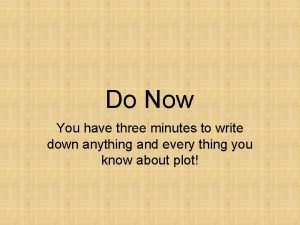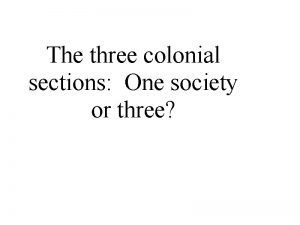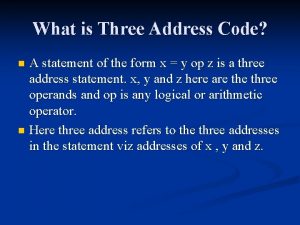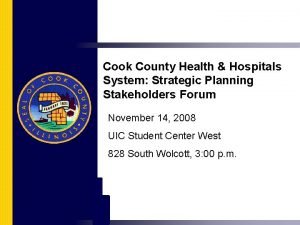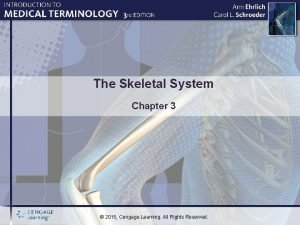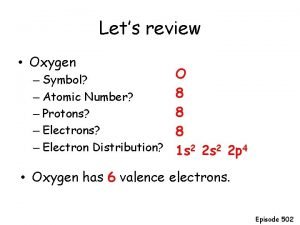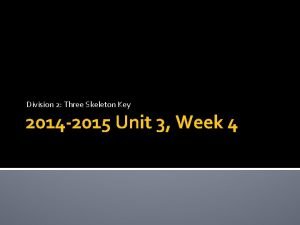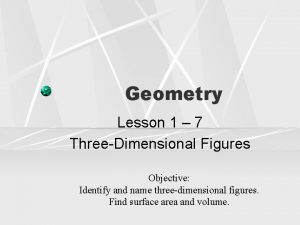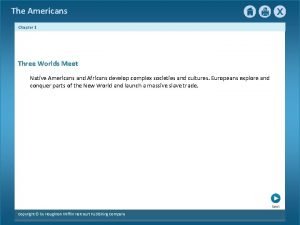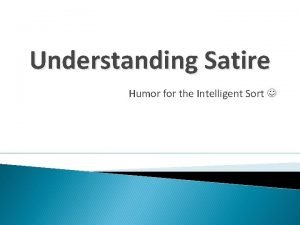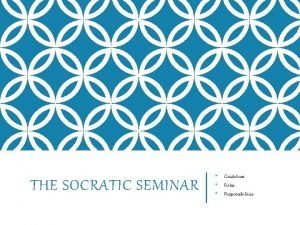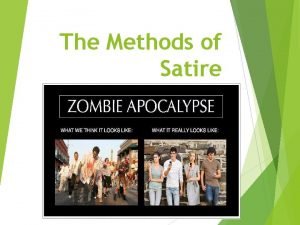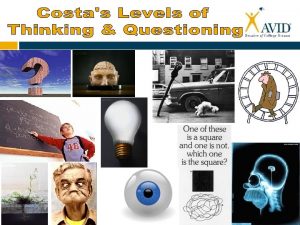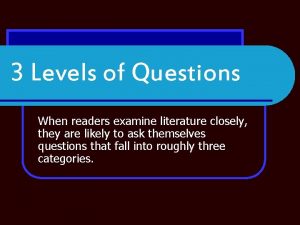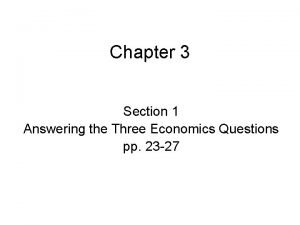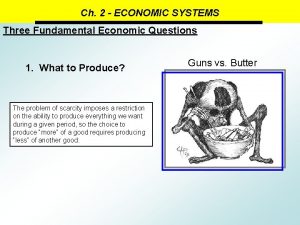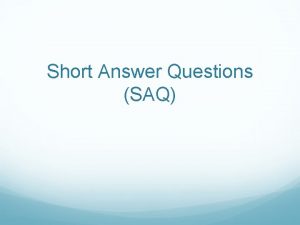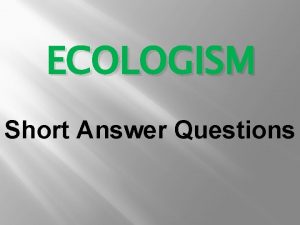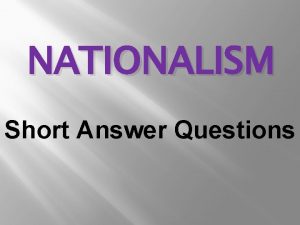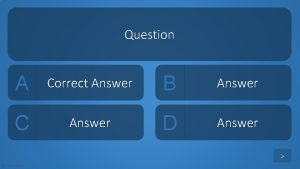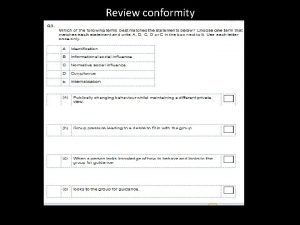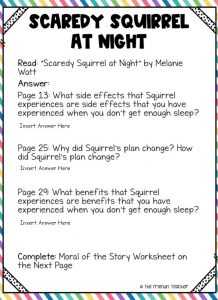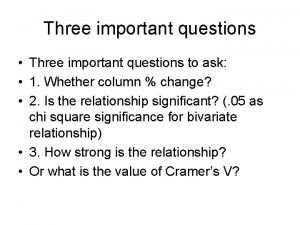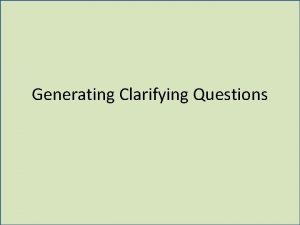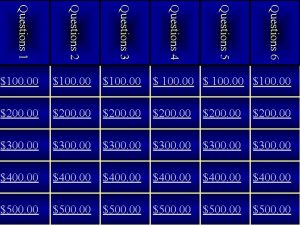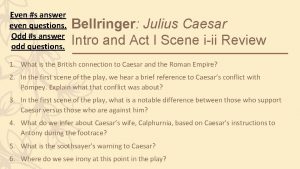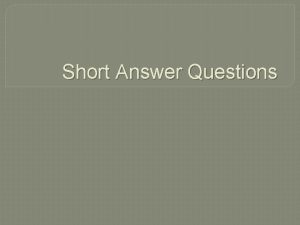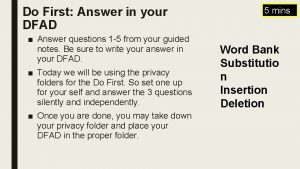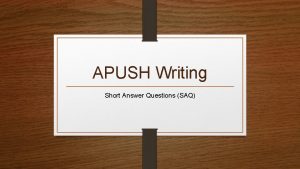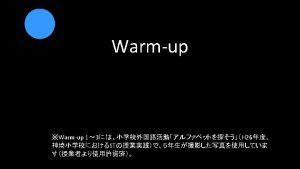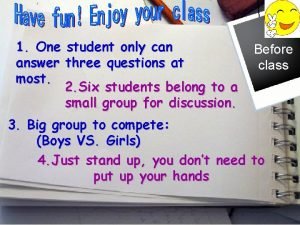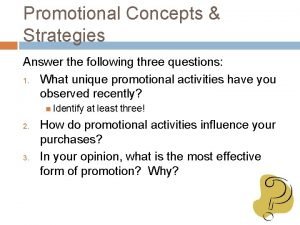Strategic Analysis Strategic Analysis n Answer Three Questions































- Slides: 31

Strategic Analysis

Strategic Analysis n Answer Three Questions – Where is the organization now? – Where will the organization be in a few years – if no changes are made – What specific actions should management take if they don’t like the answer to #2

Decision Making Process P. 12 -13 Evaluate Current Performance Examine & Evaluate the Current: - Mission - Objectives - Strategies - Policies Interview Strategic Managers: - BOD - Top Mgmt

Decision Making Process Scan External Environment - Societal - Tasks Select Strategic Factors - Opportunities - Threats Scan Internal Environment - Structure - Culture - Resources Select Strategic Factors - Strengths - Weaknesses Analyze Strategic Factors (SWOT) in light of Current Situation

Decision Making Process Review and Revise as Necessary: - Mission - Objectives Generate & Evaluate Strategic Alternatives Select & Recommend Best Alternatives

Decision Making Process Implement Strategies: - Programs - Budgets - Procedures Evaluate And Control Go Back To Step 1 Evaluate Current Performance

Decision Making Process Customers Revenue Admin HR MIS P&L Bal Sheet S&UF Operations Sales Marketing

External Environment General me nt Po liti cal En /Le vir gal on Technological Ge l iro al ob ent Gl nm v En Competitor Environment era Industry Environment Threat of new entrants Power of suppliers Power of buyers Product substitutes Intensity of rivalry n Ge omic on Ec ner De mo al gra ph ic Socio-cultural

External Environment A continuous process which includes • • Scanning: Identifying early signals of environmental changes and trends Monitoring: Detecting meaning through ongoing observations of environmental changes and trends Forecasting: Developing projections of anticipated outcomes based on monitored changes and trends Assessing: Determining the timing and importance of environmental changes and trends for firms’ strategies and their management

Industry Environment Th re at of Ne w ute bs tit f Su at o ts T hre Produc Five Forces of Competition Bargaining Power of Buyers En tra nt s Barg ainin g Po wer Sup plier of s g n o ms m ir A F y g r l a tin v i R pe m o C

Threat of New Entrants Barriers to Entry n n n n Economies of scale Product differentiation Capital requirements Switching costs Access to distribution channels Cost disadvantages independent of scale Government policy Expected retaliation

Bargaining Power of Suppliers n n n Dominated by a few large companies Satisfactory substitute products are not available Industry firms are not a significant customer for the supplier group Suppliers’ goods are critical to buyers’ marketplace success Effectiveness of suppliers’ products has created high switching costs Suppliers are a credible threat to integrate forward into the buyers’ industry

Bargaining Power of Buyers (Customers) n n They purchase a large portion of an industry’s total output Sales of the product being purchased account for a significant portion of the seller’s annual revenues They could easily switch to another product The industry’s products are undifferentiated or standardized, and buyers pose a credible threat if they were to integrate backward into the seller’s industry

Threat of Substitute Products n n n Customers face few switching costs Substitute product’s price is lower Substitute product’s quality and performance capabilities are equal to or greater than those of the competing product

Intensity of Rivalry n n n Are numerous or equally balanced Experience slow industry growth Have high fixed costs or high storage costs Lack differentiation or low switching costs Experience high strategic stakes Have high exit barriers

Components of Internal Analysis Core Competencies Discovering Core Competencies Strategic Competitiveness Competitive Advantage Marketing Mix Capabilities Resources • Tangible • Intangible Corporate Culture R&D Capital Situation Technology Four Criteria of Sustainable Advantages Value Chain Analysis • Valuable • Rare • Costly to Imitate • Non-substitutable • Outsource

The Basic Value Chain gin Service Procurement Technological Development Human Resource Mgmt. Firm Infrastructure Support Activities ar rg a M M in Marketing & Sales Outbound Logistics Operations Inbound Logistics Primary Activities

Quiz – Question 1 1. When an organization is evaluating its strategic position, which is NOT one of the strategic questions it should ask itself? A. B. C. D. E. Where is the organization now? How can functional and operational areas be improved? If no changes are made, where will the organization be in one year? If the evaluation is negative, what specific actions should management take? If no changes were made, where will the organization be in 10 years?

Quiz – Question 1 1. When an organization is evaluating its strategic position, which is NOT one of the strategic questions it should ask itself? A. B. C. D. E. Where is the organization now? How can functional and operational areas be improved? If no changes are made, where will the organization be in one year? If the evaluation is negative, what specific actions should management take? If no changes were made, where will the organization be in 10 years?

Quiz – Question 2 2. Strategic planning within a small organization A. B. C. D. E. May be informal and irregular Must be elaborate to allow for future growth Should be formalized and explicitly stated Should be done by the President only Is unnecessary and a waste of time

Quiz – Question 2 2. Strategic planning within a small organization A. B. C. D. E. May be informal and irregular Must be elaborate to allow for future growth Should be formalized and explicitly stated Should be done by the President only Is unnecessary and a waste of time

Quiz – Question 3 3. Research done by Henry Mintzberg suggests that strategy formulation A. B. C. D. E. Is irregular and a discontinuous process Should be followed unswervingly to ensure success of the plan Is worthless Should be reviewed after a specific interval of time to make sure it is still applicable Is merely a checklist of actions following a logical process

Quiz – Question 3 3. Research done by Henry Mintzberg suggests that strategy formulation A. B. C. D. E. Is irregular and a discontinuous process Should be followed unswervingly to ensure success of the plan Is worthless Should be reviewed after a specific interval of time to make sure it is still applicable Is merely a checklist of actions following a logical process

Quiz – Question 4 4. Which of the following is NOT one of the five triggering events that are the stimulus for a strategic change? A. B. C. D. E. Intervention by the organization’s bank Entrance of a new competitor into the industry Change in ownership of the organization New CEO Decreased profitability

Quiz – Question 4 4. Which of the following is NOT one of the five triggering events that are the stimulus for a strategic change? A. B. C. D. E. Intervention by the organization’s bank Entrance of a new competitor into the industry Change in ownership of the organization New CEO Decreased profitability

Quiz – Question 5 5. Which of the following is an example of a strategy? A. B. C. D. E. Diversify the product line to appeal to more people Increase sales by 10% over last year Pay highest salaries to keep high quality employees Develop and sell quality appliances world-wide Divide a sales region into a group of sales districts

Quiz – Question 5 5. Which of the following is an example of a strategy? A. B. C. D. E. Diversify the product line to appeal to more people Increase sales by 10% over last year Pay highest salaries to keep high quality employees Develop and sell quality appliances world-wide Divide a sales region into a group of sales districts

Analysis Tools – SWOT Chapter 5 n Strengths n Opportunities n Weaknesses n Threats

Strategy Development - TOWS Analysis Opportunity Threat Strength O/S Strategies T/S Strategies Identify strategies that focus the organization’s strengths on opportunities Weakness O/W Strategies Identify strategies that shore up weaknesses to allow the pursuit of opportunities Identify strategies that focus strengths against threats T/W Strategies Identify strategies that shore up weaknesses

SWOT Example – Bicycle Co. n Strengths – – n Innovation Quality Brand in segment Flexible manufacturing Weaknesses – Cost – Financial size n Opportunity – International growth – Dirt bikes n Threats – Lower cost, higher quality competition – Flattening demand

TOWS Example – Bicycle Co. TOWS Analysis Strength • • Innovation Quality Brand in segment Flexible manufacturing Opportunity Threat • International • Dirt bikes • Flat demand • Lower cost, higher quality O/S Strategies T/S Strategies • Grow international • Develop/enter dirt bikes Weakness O/W Strategies • Cost • Financial size • Grow international to increase economies of scale • Int’l alliances • Grow international • Develop/enter dirt bikes T/W Strategies • Grow international • Develop/enter dirt bikes
 Cultural aspects of strategy choice
Cultural aspects of strategy choice The three economic questions that every society
The three economic questions that every society On your answer sheet answer the following question
On your answer sheet answer the following question Trimester fill in worksheet answers
Trimester fill in worksheet answers Parts of an saq
Parts of an saq Work in pairs and discuss the questions
Work in pairs and discuss the questions Strategic fit vs strategic intent
Strategic fit vs strategic intent Strategic substitutes and complements
Strategic substitutes and complements Strategic management and strategic competitiveness
Strategic management and strategic competitiveness Orcs and hobbits problem
Orcs and hobbits problem Othello act three summary
Othello act three summary In three minutes write
In three minutes write The purpose of traffic signs are
The purpose of traffic signs are The three colonial sections-one society or three
The three colonial sections-one society or three 3 address code
3 address code Strategic planning questions for stakeholders
Strategic planning questions for stakeholders Chapter 3 the skeletal system labeling exercises
Chapter 3 the skeletal system labeling exercises Hydrogen chloride lewis structure
Hydrogen chloride lewis structure Three skeleton key plot diagram
Three skeleton key plot diagram Lesson 1-7 three dimensional figures answers
Lesson 1-7 three dimensional figures answers Chapter 1 section 5 transatlantic encounters
Chapter 1 section 5 transatlantic encounters The three golden questions of satire are:
The three golden questions of satire are: Socratic seminar ground rules
Socratic seminar ground rules Analyze this picture
Analyze this picture Examples of level three questions
Examples of level three questions Costas level questions
Costas level questions Costa’s levels of thinking
Costa’s levels of thinking Level 3 questions
Level 3 questions Crucible act 3 discussion questions
Crucible act 3 discussion questions Economics chapter 3 section 1 answer key
Economics chapter 3 section 1 answer key Three fundamental economic questions
Three fundamental economic questions Three types of questions
Three types of questions

